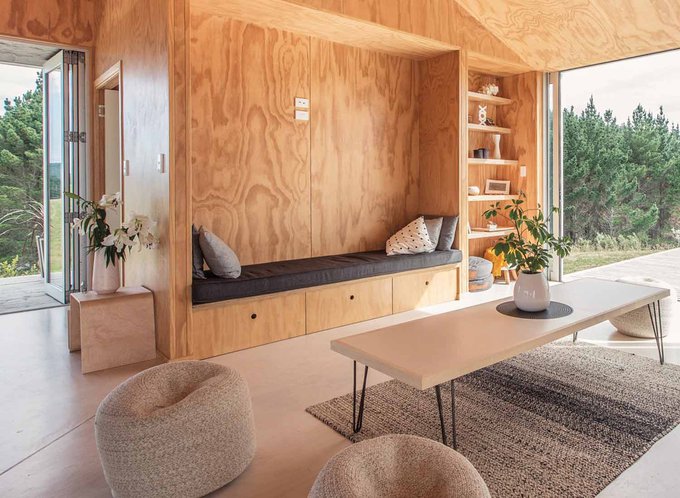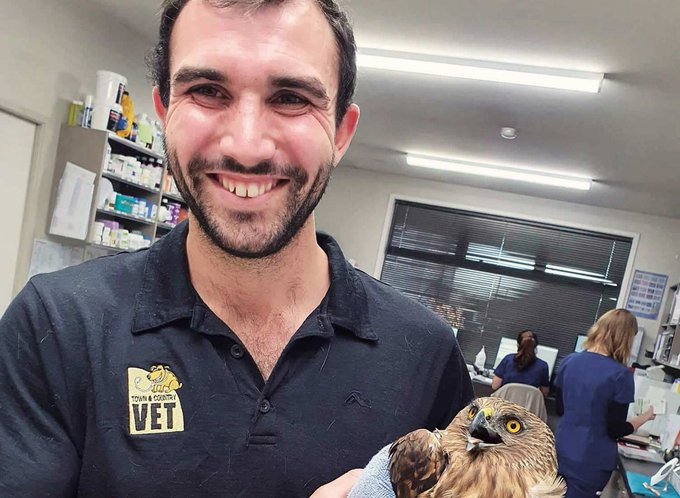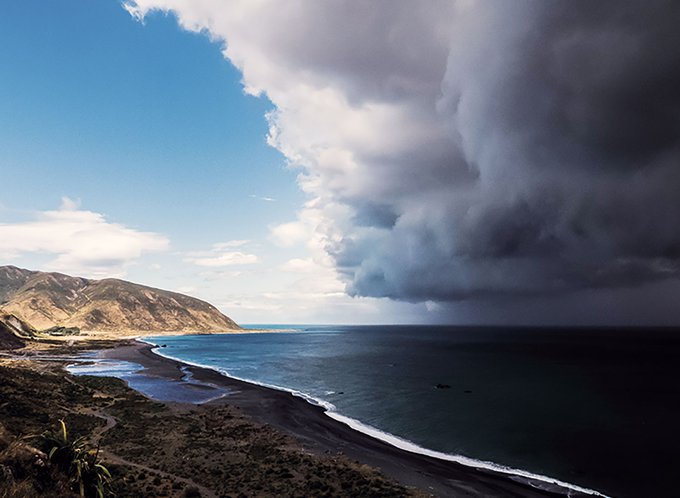The construction industry is a major contributor to global carbon emissions, but these state-of-the-art buildings in Pōneke are shining a light on the future of sustainable innovation.
Wellington architect Ewan Brown says he never set out to be a ‘greenie’.
But a challenge as mammoth as how to build better in times of climate crisis can soon take on a life of its own – each piece of methodical research leading to new paths, each design roadblock a nudge towards new innovations. These days, advocating for sustainable building practices has become a mainstay of his job.
“I don’t want this to just be a fringe thing,” he says. “I want this sort of thinking to be mainstream. We have to change how we do things, and we have to change quite rapidly. But it’s also about getting over this idea that change is impossible. I’m doing this to show that something can be done.”
As co-directors of Wellington architectural firm Tennent Brown, Ewan, Hugh Tennent and their team have spearheaded some of Aotearoa’s most ambitious sustainable developments, including the Aro Hā wellness retreat in Glenorchy (2013), Gisborne Airport terminal (2020), the recently opened Pā Reo at Te Wānanga o Raukawa’s extensive Ōtaki campus on the Kapiti Coast and the Living Pā, a new centre under construction for Te Herenga Waka Victoria University School of Māori Studies.
Next-level thinking
With sleek lines and ultra-modern features, these buildings are striking to look at, but it’s what’s behind the designer details that really sets them apart. Tennent Brown is one of the few architectural firms in the southern hemisphere to work with the Living Building Challenge, an internationally recognised programme with some of the strictest guidelines on greener construction.
Beyond minimising a structure’s greenhouse gas footprint, the Living Building Challenge goes a step further by looking at ways a building can actually give back to its environment. As part of the criteria, these developments must be self-sufficient, largely independent from mains water and power and include regenerative features like systems to condition the soil they stand on.
With only 30 Living Building developments globally, including the Living Pā and Pā Reo, moving from designs on paper to finished product is a complex and intensive process. But for Ewan, it’s all about bringing as many people as possible along for the ride. He’s hopeful that his work at the extreme edge of sustainable building will flow through to standard practice throughout the industry.
“This work makes me advocate a lot,” he says. “I’ll be ringing up suppliers asking them what’s in their product, because if it has a particular chemical, I’m not using it. We’ve had suppliers then change the chemistry to make sure their product was OK. I’ll do lectures on the Living Building Challenge, and people get really excited about it, there’s so much interest. So for me, it’s why not keep going and do more? There’s no real downsides.”
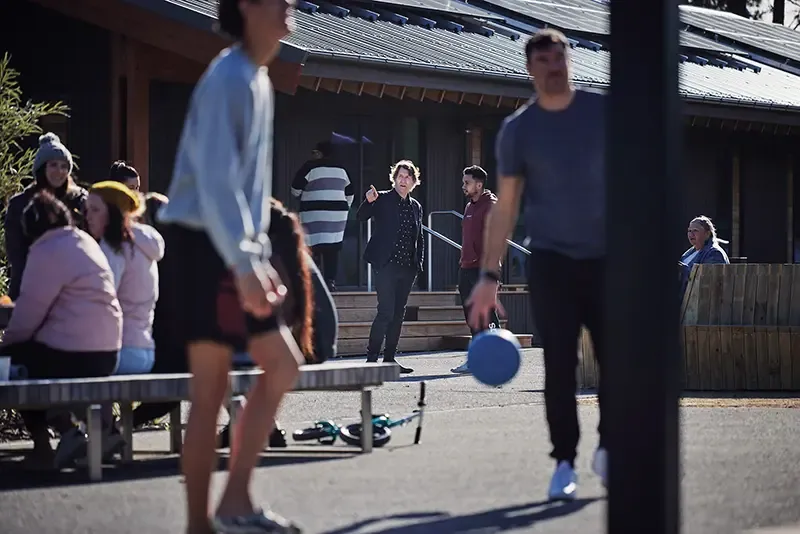
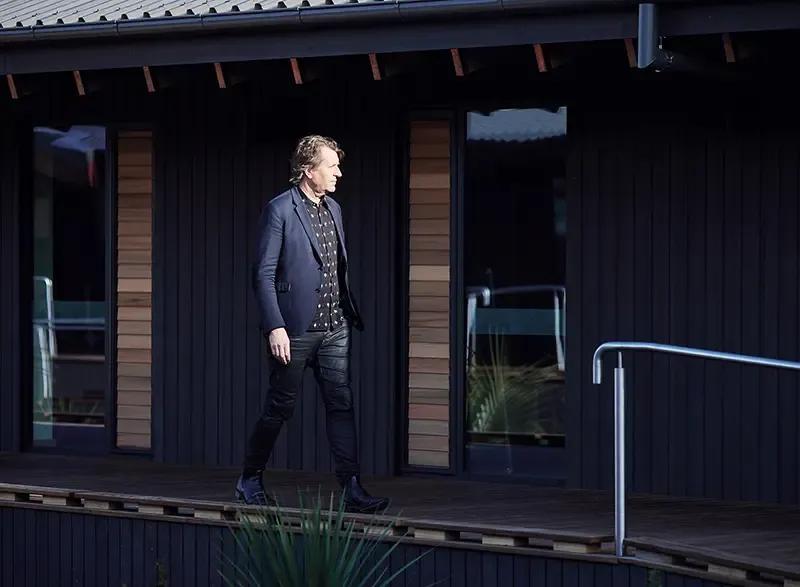
The trouble with carbon
According to the New Zealand Green Building Council, Aotearoa’s built environment is responsible for about 20% of the country’s carbon footprint, and with emissions rising by 66% in the decade from 2007 to 2017, that number is expected to climb significantly. Globally, buildings account for about 39% of CO2 emissions – 40% of which occur during the relatively brief construction phase.
Echoing the call from the UN Intergovernmental Panel on Climate Change, New Zealand’s Climate Change Response ‘Zero Carbon’ Amendment Act 2019 sets a target for all greenhouse gas emissions (except methane from agriculture) to be net zero by 2050. In other words, the amount of carbon released cannot be greater than the amount removed, in order to achieve net-zero status.
From a construction perspective, reducing carbon emissions at each stage of a building’s life cycle is a key piece of the sustainability puzzle. At its most simplistic, what the industry calls embodied carbon refers to all the physical elements of a building, like concrete, carpets and paint, while operational carbon is the emissions generated when the building is in use.
But cast the net wider, and a building’s carbon footprint takes in every action related to the structure across its lifespan, including the making of materials and transport to the site right through to the demolition and removal of waste materials at the end of its use. It’s calculated using a complex carbon module rating system, and every aspect of a low-carbon build must be carefully measured and researched.
“It gets complicated very quickly,” Ewan says. “It hurts your head a bit. For every single product, you need to find out where it comes from, go through each line of the system to add up the carbon for each one of them and then add them all together in a mega spreadsheet.”
But every bit of painstaking work today aids in developing the knowledge to greatly reduce the construction industry’s carbon footprint in the future, and the Living Pā and Pā Reo are right in the centre of it.
When it comes to materials, new innovation in concrete means 20–30% of cement, one of the heaviest hitters for carbon emissions, can be replaced with lower-carbon compounds like potash. Ewan says the shift away from aluminium and structural steel to more environmentally friendly timber such as structural beams and high-tensile framing made from laminated Pinus radiata, can have a profound effect on a building’s environmental footprint.
“At the Living Pā, there is so much timber in it that at one phase, it’s sucking in more carbon than it’s putting out. Across its life cycle, our assessment found it will generate 43% less carbon than our business-as-usual model, so that’s quite a big saving.”
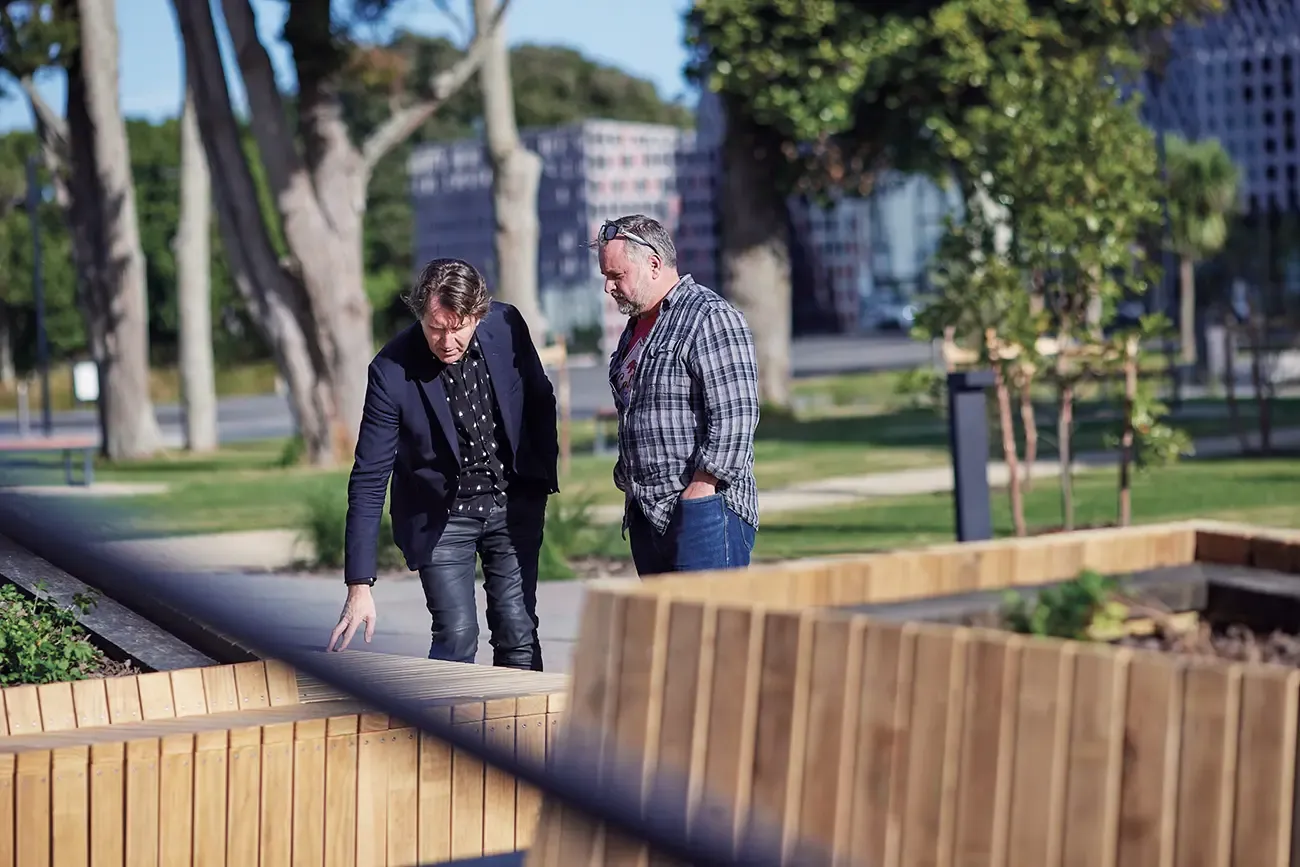
Real-world solutions
With the construction phase at Pā Reo recently completed, the next step is to put the building’s sustainable features through their paces. Ewan will be closely monitoring and recording Pā Reo’s performance over the next 12 months before he can apply for Living Building certification.
As the building begins a life that its owners hope will be well in excess of 100 years, its occupants’ wallets will benefit alongside the environment. With no ongoing water and energy costs and little reliance on city infrastructure, rainwater is collected from the roof and pumped throughout the building, sewage is treated on site and a line-up of photovoltaic (solar) panels on the roof generates power.
For the past 18 months of the build, zero waste has been moved off the campus. Off-cuts from ceiling materials have been composted on site, excess plasterboard is buried so the degradation process conditions the soil and plastic wrap from building materials has been upcycled by a Kiwi company as panels for use in the walls.
But the true essence of a building comes from the people who use it, and Ewan says the values of kaupapa Māori and the sustainable practices of the design have blended seamlessly.
“Most of the Living Building Challenge developments are in North America and it’s an American system, but it aligns so well with te ao Māori and kaitiakitanga, the stewardship of the environment. These sorts of projects are challenging and can get hard at times, but because the organisations behind Pā Reo and the Living Pā are so values driven, they’ve really dug down and said, ‘We want to keep going, as this is the right thing for us.’”
Why the world has to change how we build
By 2050 the world’s population will approach 10 billion, so global building stock will need to double in size to support this growth.
39% of global CO2 currently comes from the built environment.
40% of a building’s CO2 emissions are currently created during the short construction process.
60% of a building’s CO2 emissions come from energy use for heat, light and power over its lifetime of at least 70 years.
Source: World Green Building Council
Looking to the future
For many, battling climate change can feel like a problem that’s just too big to solve. But with projects like Pā Reo and the Living Pā returning tangible results in the right direction, Ewan’s positive for the future.
“What we’re doing is making a change; I’ve never worked on anything that’s been able to change things so much, and that’s really inspiring. All the new [architecture] grads coming through are really keen on it. Nobody wants to talk to some jaded old architect that says this is too hard. So I read all the books I can find on anything green and really lean into it all.
“We’re lucky to be able to do this work and to show people what can be achieved, and I think it’s going to happen more and more. There are probably some things from these buildings that won’t happen again, but it’ll show people the next steps.
“The other thing is, I want to be able to look my kids in the eye and say I tried my best.”
Know someone who might enjoy this?
Read this next
-
March 2021
Reimagining the Kiwi homeownership dream
-
July 2021
Graduating to home ownership
-
July 2022
Engineering a more resilient Aotearoa
-
March 2023
Ancient wisdom, modern workplace
Greater good
See all-
March 2021
Candles for a cause
-
March 2021
Helping Kiwi babies thrive
-
March 2021
Creating a Deaf-inclusive Aotearoa
